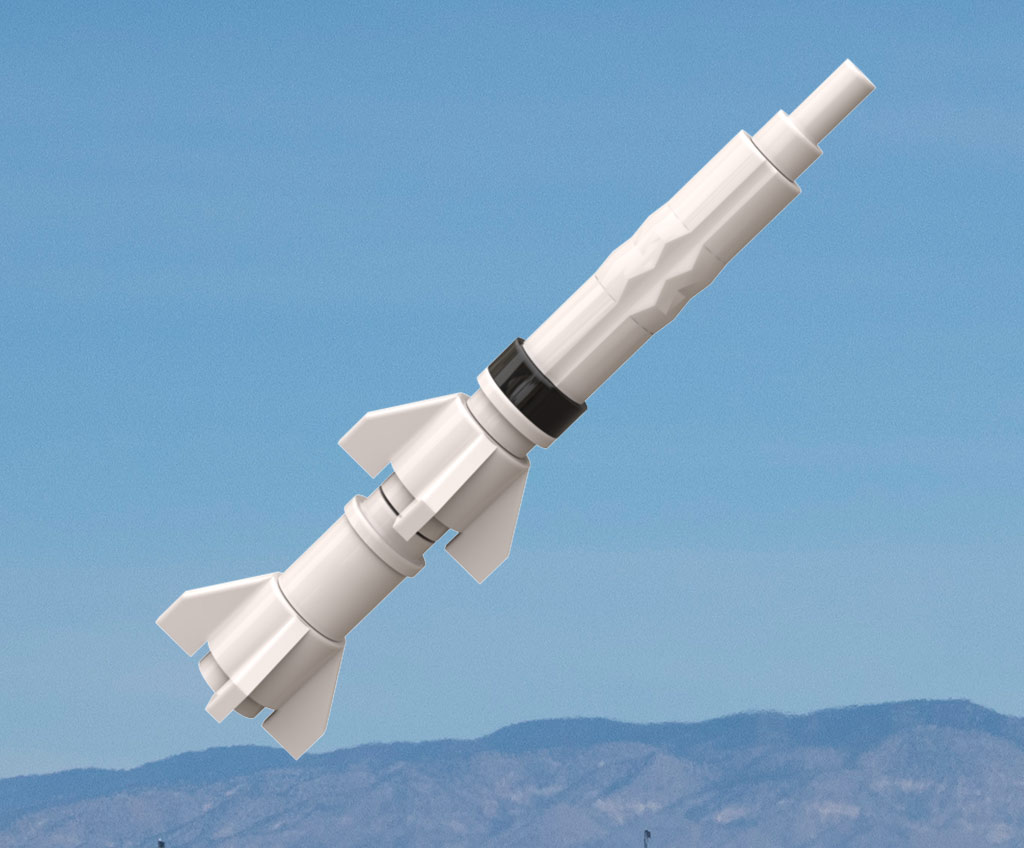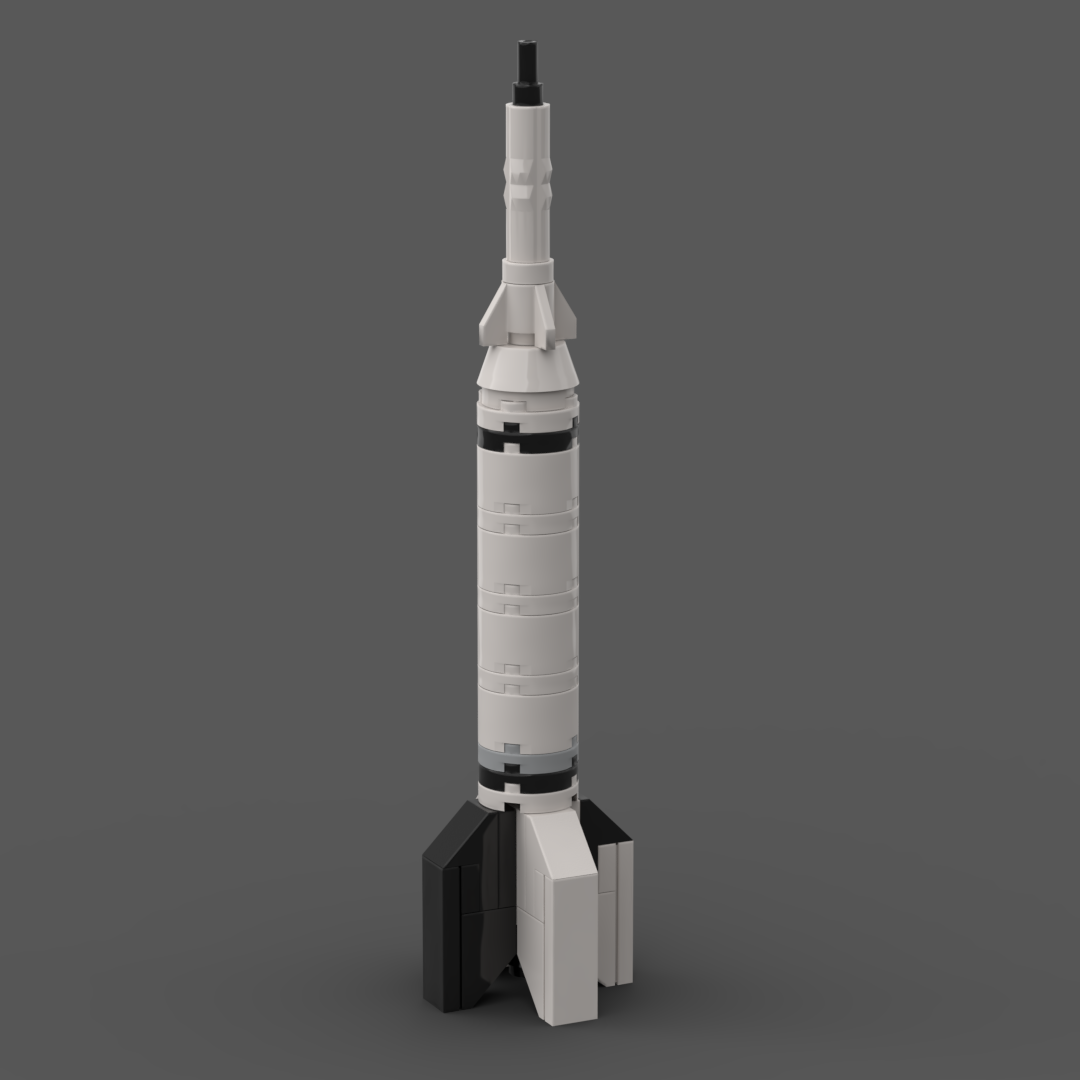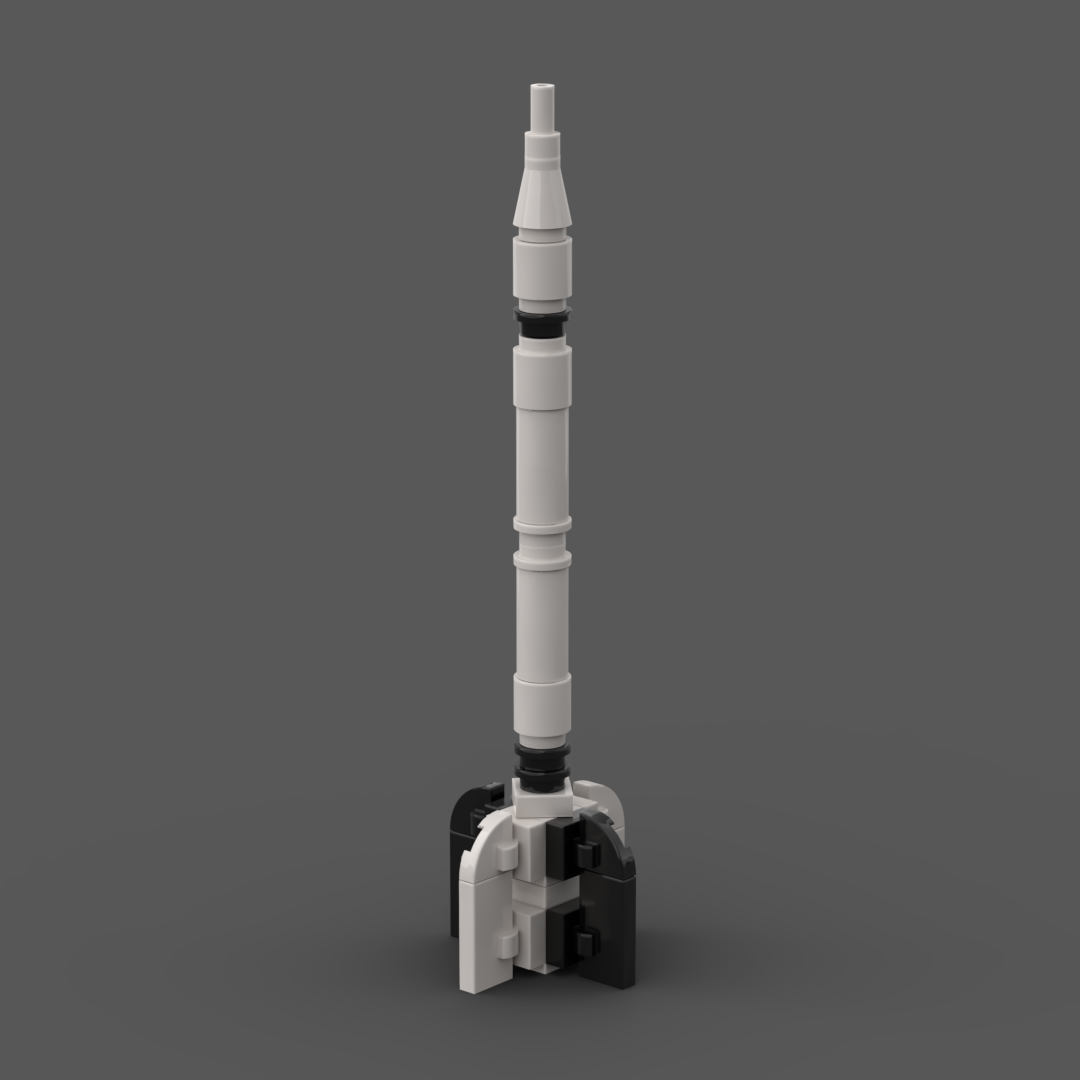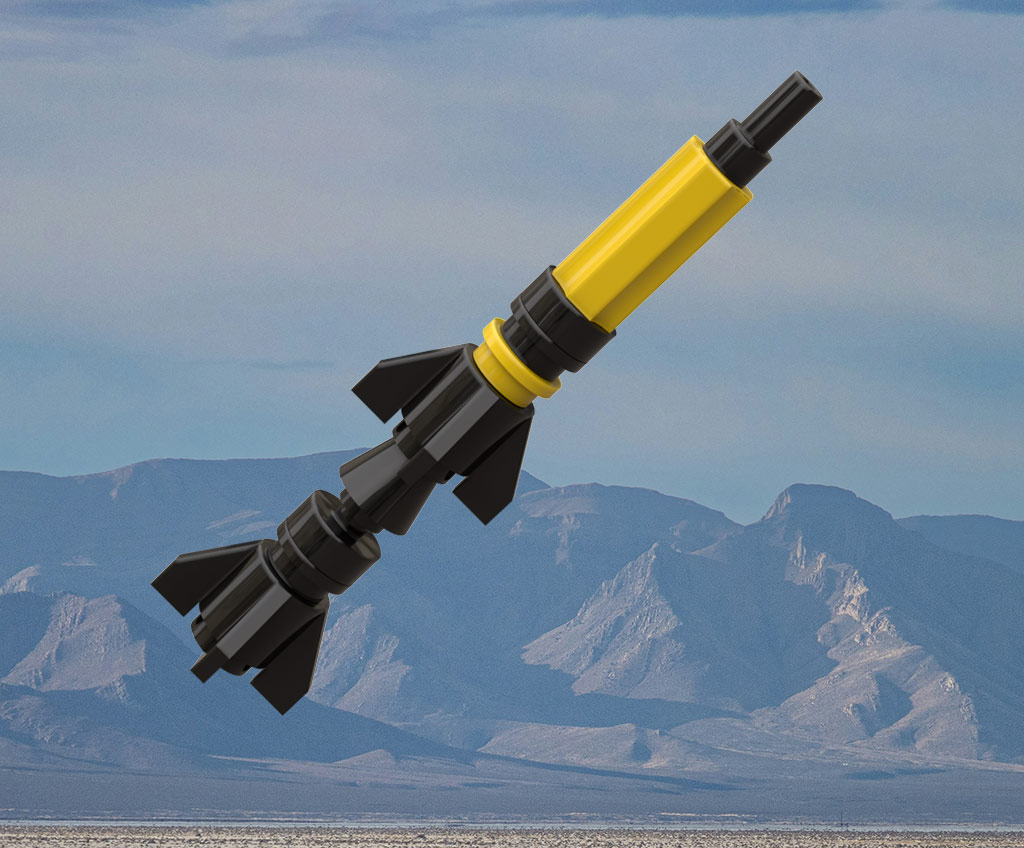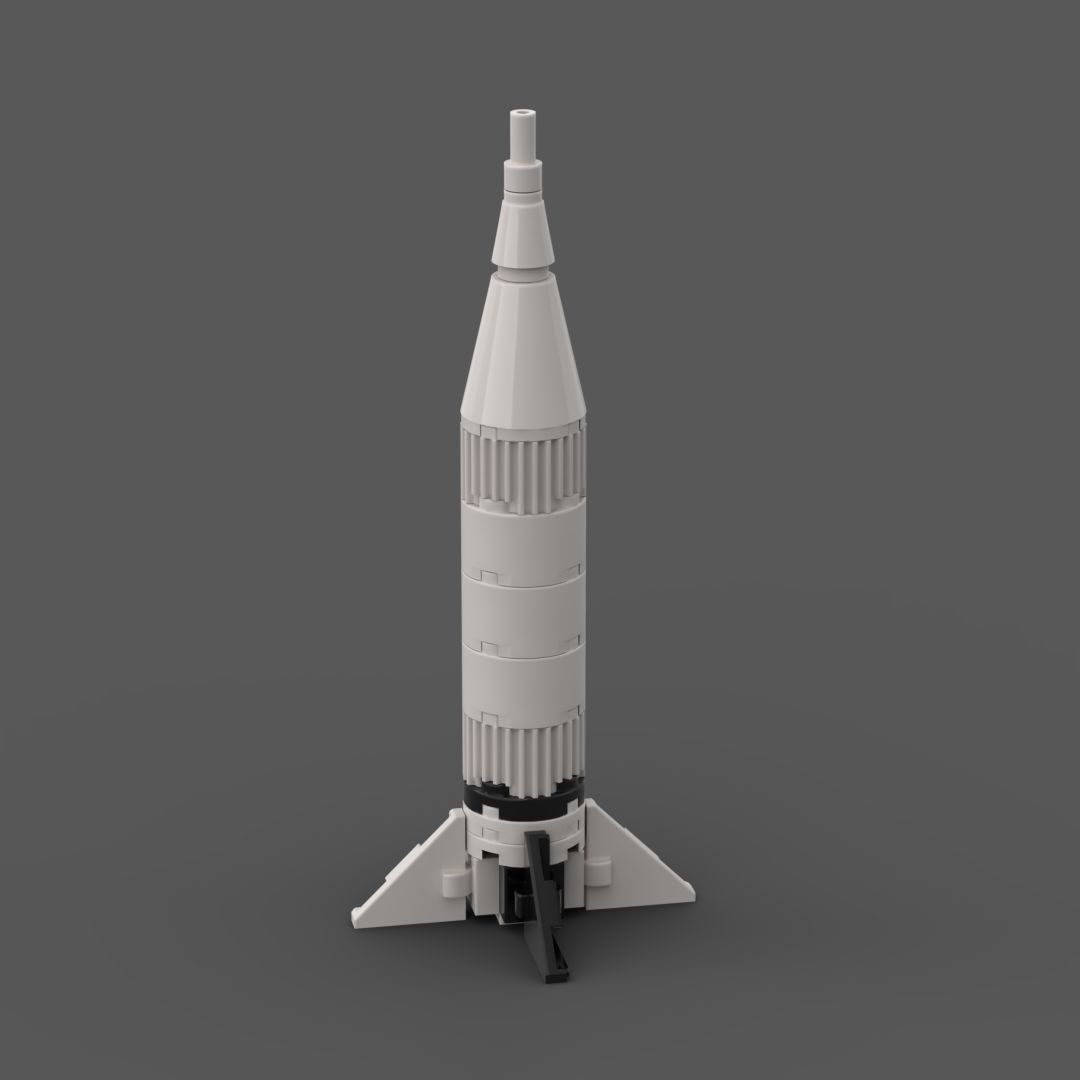
LEGO Designer:
Dan Fallon (phreaddee)
Designed:
February 2023
Categories:
All, Suborbital and Sounding Rockets
Launch Vehicle Details
Stages:
Length:
Diameter:
Mass at Launch:
Low Earth Orbit Capacity:
Total Thrust:
Apogee:
Class:
The Viking rocket series was an impressive achievement in the history of space exploration. Developed by the Glenn L. Martin Company under the guidance of the U.S. Naval Research Laboratory (NRL), the Viking rockets were designed to be the most advanced large, liquid-fueled rockets in the late 1940s. They returned valuable scientific data from the edge of space between 1949 and 1955, superseding the German V-2 rocket. Viking 4, which was launched in 1950, was the first sounding rocket ever to be launched from the deck of a ship.
After completing twelve successful flights, the Viking was adapted into the first stage for the Vanguard rocket, which famously launched America’s second satellite into orbit in 1958.
To create the second model of the Viking, the rocket underwent a significant redesign. The tail fins were no longer required to support the weight of the rocket, allowing them to be made much lighter. This modification helped the Viking to carry a heavier tank without weighing more than its predecessor.
Viking 11 reached an altitude of 158 miles (254 km), breaking the altitude record for the series and capturing the highest altitude photographs of the Earth at that time. The rocket carried a successful emulsions experiment that measured cosmic rays at high altitudes.
The final Viking flight was Viking 12, launched on February 4th, 1955. The rocket reached an altitude of 143.5 miles (230.9 km), and its K-25 camera captured an infrared picture of the Southwestern United States, from the Pacific coast to Phoenix, just after reaching its apogee.
Part count: bricks, lots.
| Unit | width | length | height |
|---|---|---|---|
| Studs | |||
| Inches | |||
| Centimetres |
No TypeNo Serial No Type Date LS Payload
8 1 Viking-2 06.06.1952 U* WS NLA - 9 2 Viking-2 15.12.1952 * WS NLA - 10 3 Viking-2 07.05.1954 * WS NLA - 11 4 Viking-2 24.05.1954 * WS NLA - 12 5 Viking-2 04.02.1955 * WS NLA - 13 1 TV-0 Vanguard-TV0 08.12.1956 * CC LC-18A - 14 1 TV-1 Vanguard-TV1 01.05.1957 * CC LC-18A - Launch sites: CC = Cape Canaveral Air Force Station, Eastern Test Range, Cape Canaveral, Florida, USA WS = White Sands Missile Range, New Mexico, USA F Failure P Partial Failure U Unintended Launch Failures: 8: Vehicle accidentaly launched during static fire test. Destroyed after seconds by range safety.
Launch History information from space.skyrocket.de
Launch History information from space.skyrocket.de


